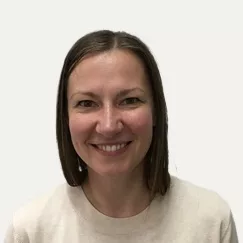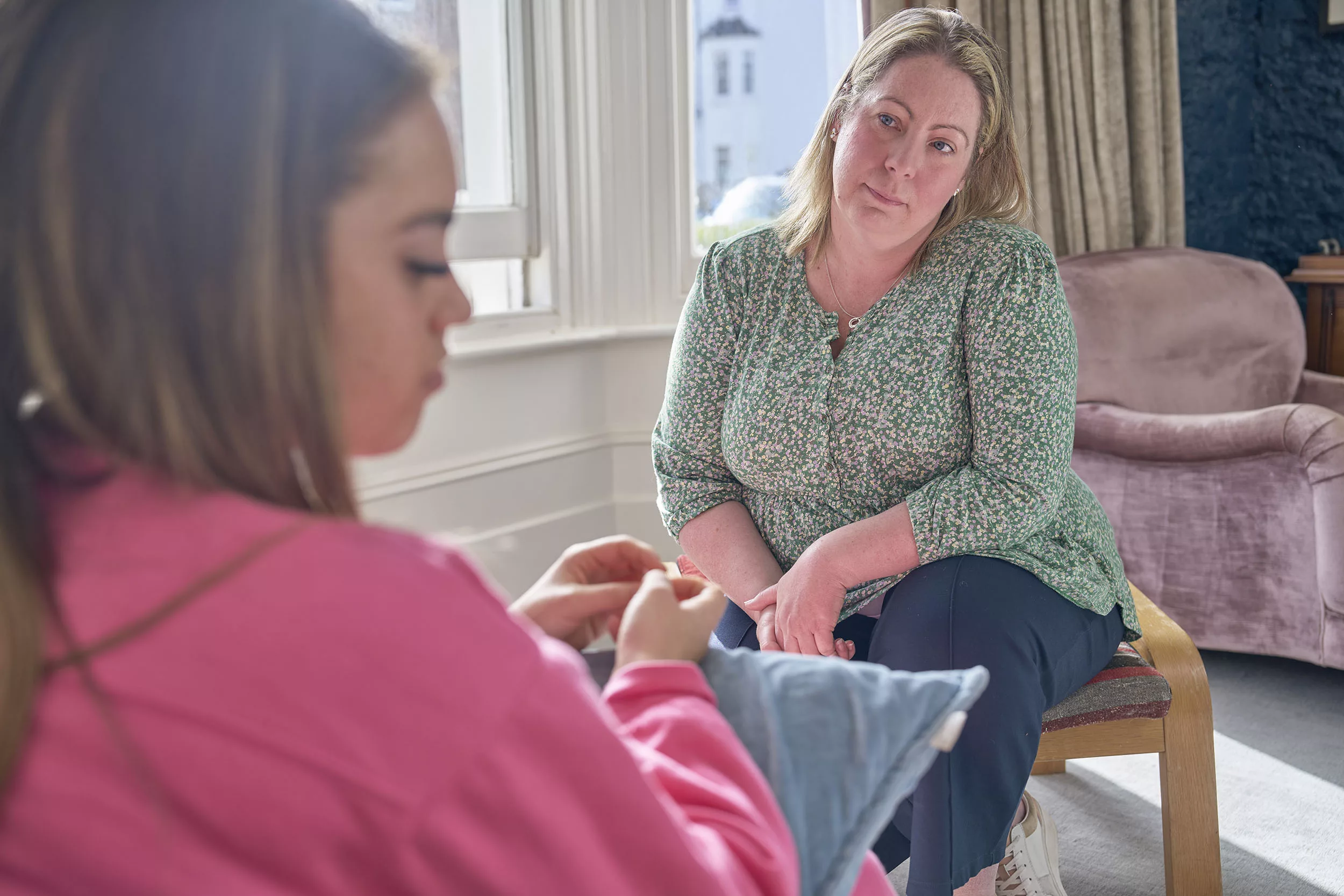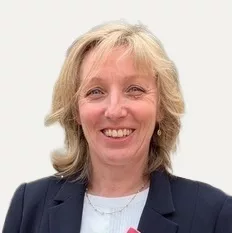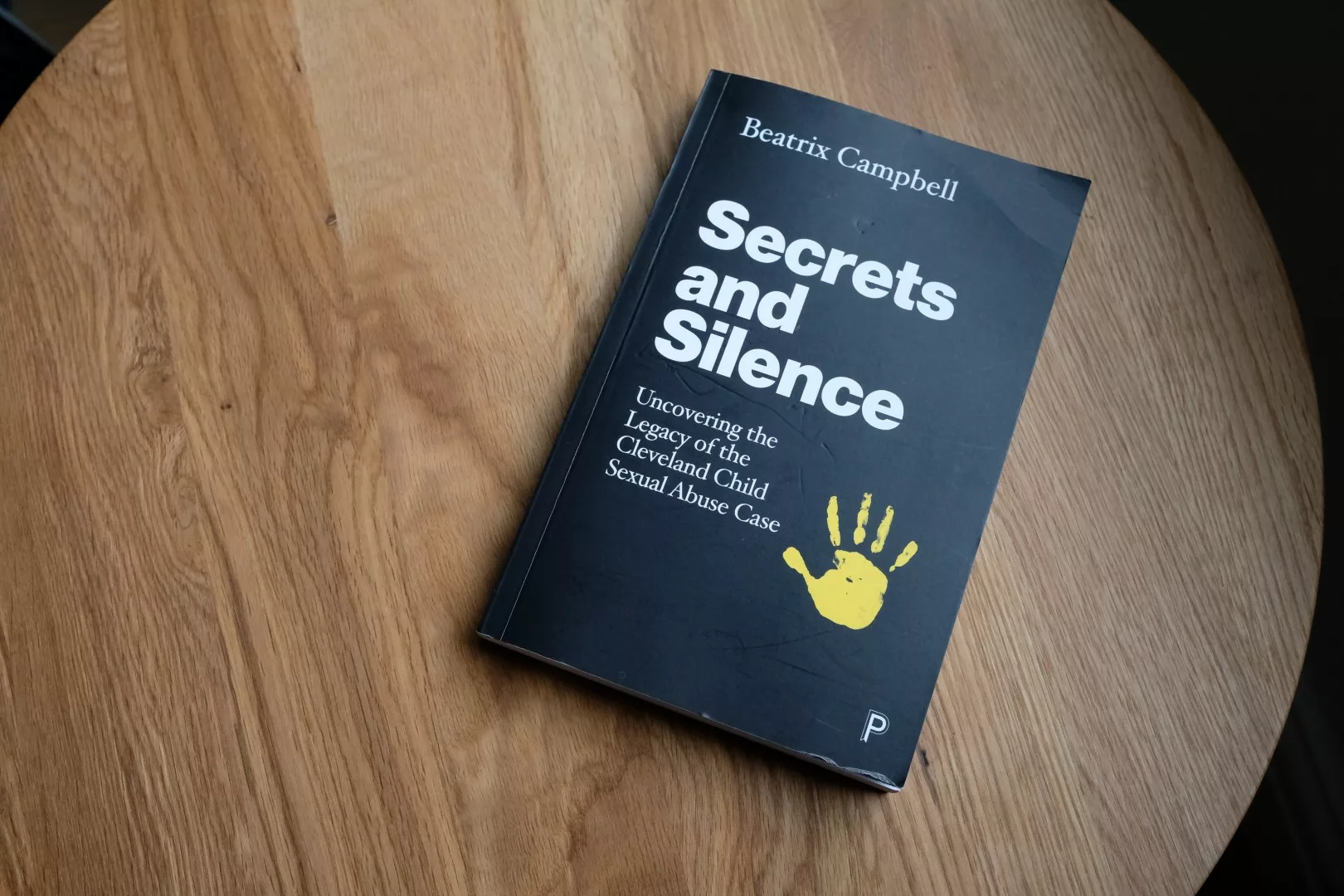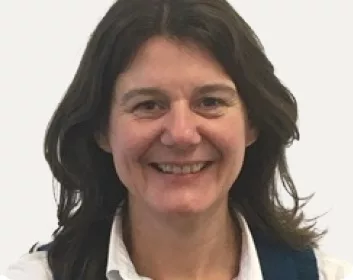Last week the Office of National Statistics (ONS) published a child abuse compendium. The CSA Centre has been involved in the working group developing the child sexual abuse (CSA) chapter of the compendium over the past two years. Senior Research and Evaluation Officer, Kairika Karsna, writes about what we can learn from the new report and some of the challenges it highlights.
This is a welcome publication that brings together a wealth of information on what we know and do not know about CSA in England and Wales from various, some previously unpublished, data sources:
- adults’ self-reported experiences of sexual abuse in a survey
- child sexual abuse offences recorded by the police forces in England and Wales
- children who come to the attention of children’s services in England and Wales
- contact with helplines
Each element deserves a detailed analysis of itself but below I unpick and highlight some of the key points from this new set of data and how we at the CSA Centre will be taking this forward.
The new prevalence estimate
The compendium includes a new estimate of the prevalence of child sexual abuse drawn from the Crime Survey for England and Wales (CSEW), which suggests that 7.5% of adult population – 3.1 million people aged 18-74 – have experienced some form of sexual abuse before the age 16.
The 7.5% prevalence estimate may appear high but, sadly, in reality it is a conservative one, and falls below most estimates we found in meta-analyses of the international surveys we reviewed in our Scoping review and much lower than the 24% reported by 18-24 year olds in the UK-wide NSPCC survey in 2009.
Understanding why prevalence figures vary so widely and why the figure included in the ONS publication is a low estimate is important because these estimates are used in determining the resources for and response to child sexual abuse. There are three considerations worth bearing in mind when considering this data:
- We know that surveys framed as ‘crime’ generally result in lower report rates than specialist child sexual abuse or health surveys.
- The number of specific questions asked about different forms of child sexual abuse also influences the result – but, understandably – surveys asking about all forms of childhood abuse have limited space for questions on child sexual abuse.
- The CSEW could not cover the last two years of childhood – ages 16-17 – because some forms of this abuse were already covered under the adult sexual offences section.
This means that the survey underestimates the scale of child sexual abuse, and the ONS acknowledges this.
Who is most affected by child sexual abuse?
The ONS findings show that women are more affected by child sexual abuse than men – 11.5% reported child sexual abuse compared to 3.5% of male respondents. Disabled participants were more likely to report child sexual abuse (13.4%) than those who did not have a disability (6.6%) (Table 7a). Participants who had lived in a care home (residential care) as a child were particularly at risk – 27% of respondents who had lived in a care home as a child reported an experience of child sexual abuse compared to 7.3% of those who had not lived in residential care (Table 10a). We do not know from this data whether the experience of child sexual abuse preceded or followed the disability or the care home experience. Our research into the perspectives of children with learning difficulties and experience of care highlights some of the complexities in supporting these young people.
Nevertheless, most other demographic indicators – ethnicity, educational qualifications, employment deprivation index of the local area, region where respondents lived, for example – did not significantly affect the likelihood of experiencing child sexual abuse (see Tables 7a, 7b, 8a, 8b). Clearly victims and survivors of child sexual abuse live in all regions and come from all sectors of the society and this is an important consideration for support services and agencies working to safeguard children, particularly when the children being identified and accessing services are not representative of the wider demographics of children in the local area.
Who is committing child sexual abuse?
The vast majority (92%) of respondents reported abuse by males (Table 13). Friends and acquaintances of the child or the family were the most frequent relationship type of child sexual abuse perpetrators accounting for over a third (37%) of those who committed abuse. Together, friends and family members accounted for 80% of those reported to commit contact sexual abuse. Strangers were the most prevalent perpetrators of non-contact abuse (34.7%), along with friends and acquaintances (30.8%) (Table 12b). A higher share of abusers of male victims were those in a position of trust (a teacher, doctor, youth worker, religious figure or coach) – 16.3% – than those who had abused females (6%) (Table 12a).
Importantly, the 2020 CSEW included abuse committed by under 18s, who were excluded last time the ONS surveyed about childhood abuse. Unfortunately we do not know from this data what proportion of abuse they committed and what relationship they had with the victim (e.g. whether they were friends, siblings or other relations).
Do we know enough about the scale of abuse?
There is a wealth of information in the survey about the victims, perpetrators, the duration and frequency of the reported abuse and locations it took place in the new survey. I encourage everyone to take a look.
It is important to bear in mind however that the CSEW does not tell us about the prevalence of abuse that is happening today because much of the abuse described in the survey dates back decades ago, when the participants were children. To find out about the abuse that is taking place currently, a survey would need to ask questions on child sexual abuse from a representative sample of young people and young adults with more recent experiences.
This is why we have been calling for a new specialist national prevalence survey of young people aged 16-24, which looks at a wide range of forms of sexual abuse, including, for example, child sexual exploitation, online abuse and abuse committed by under 18s. CSEW, whilst helpful, does not fill the significant gaps in our knowledge on the prevalence of child sexual abuse taking place currently.
Service reach
One of the most striking findings from the CSEW is that less than 1 in 4 of those who said they had experienced child sexual abuse had ever reported their abuse to the police (Table 18). Fewer than 7% of those who had experienced contact child sexual abuse had reported their abuse to the police at the time (Table 23) and a similar proportion said that someone in an official position had found out about the abuse without the victim telling about it (Table 27). It is for this reason that child sexual abuse is frequently referred to as ‘hidden’, as so often the only people who ever know about the abuse are the victim and their abuser.
The second part of the new evidence pack released by the ONS brings together child sexual abuse recorded by agencies working to tackle the issue (the police, and local authority children’s services, helplines). This is important because it gives us an indication of the known cases of child sexual abuse that come to the attention of services. As we have highlighted before there is a huge gap between what surveys tell us about the number of likely victims and the numbers seen in agency data.
The ONS used the Home Office Data Hub to find that 73,260 sexual offences against children under 18 were recorded for the year ending March 2019 by the police in England and Wales (Table 32). This does not include child sexual abuse image offences which accounted for additional 17,521 (Table 36). However, not all police forces supplied data (39 out of 43 did) so this is therefore an underestimate. We also do not know from this data how many victims reported abuse to the police as it publishes data on offences, not individuals.
In the same period 30,720 children were assessed by children’s services in England as at risk of child sexual abuse and 18,720 as at risk of child sexual exploitation (Table 43). We do not know what response was provided to these children and young people, but we do know that a small fraction was supported through a child protection plan (2,230, around 7% of those assessed as at risk) (Table 44). Risk information is not available for Wales but the number of children on register for child sexual abuse was 120 (Table 48).
It is concerning that child sexual abuse is now the most frequent type of abuse that children contact NSPCC Childline regarding (Table 54), yet it is by far the lowest category of abuse for child protection plans recorded by children’s services in England and Wales. Only 4% of protection plans for abuse record the primary reason as ‘sexual abuse’. In 1993/4 CSA accounted for 25% of abuse-related child protection registrations in England. My colleagues Anna Glinski and Jane Wiffin have written previously unpicking some of the reasons why the child protection system often struggles to protect those who have experienced or are at risk of CSA and are working with local authorities to improve the recognition and response to CSA through the Practice Leads programme.
Finally, the compendium highlights the difficulties inherent in the way agencies record and collect data on child sexual abuse. The ONS published 34 data tables on agency recorded child sexual abuse in the compendium, yet it is difficult to understand, for example, how many victims are known to services, because of the way child sexual abuse is collected and reported by statutory agencies. The CSA Centre has developed a Practical guide for organisations to help improve how child sexual abuse is recorded in agency data systems, just published in December, and will be working to promote this and support agencies to improve their data. Please get in touch if you would like to find out more.


